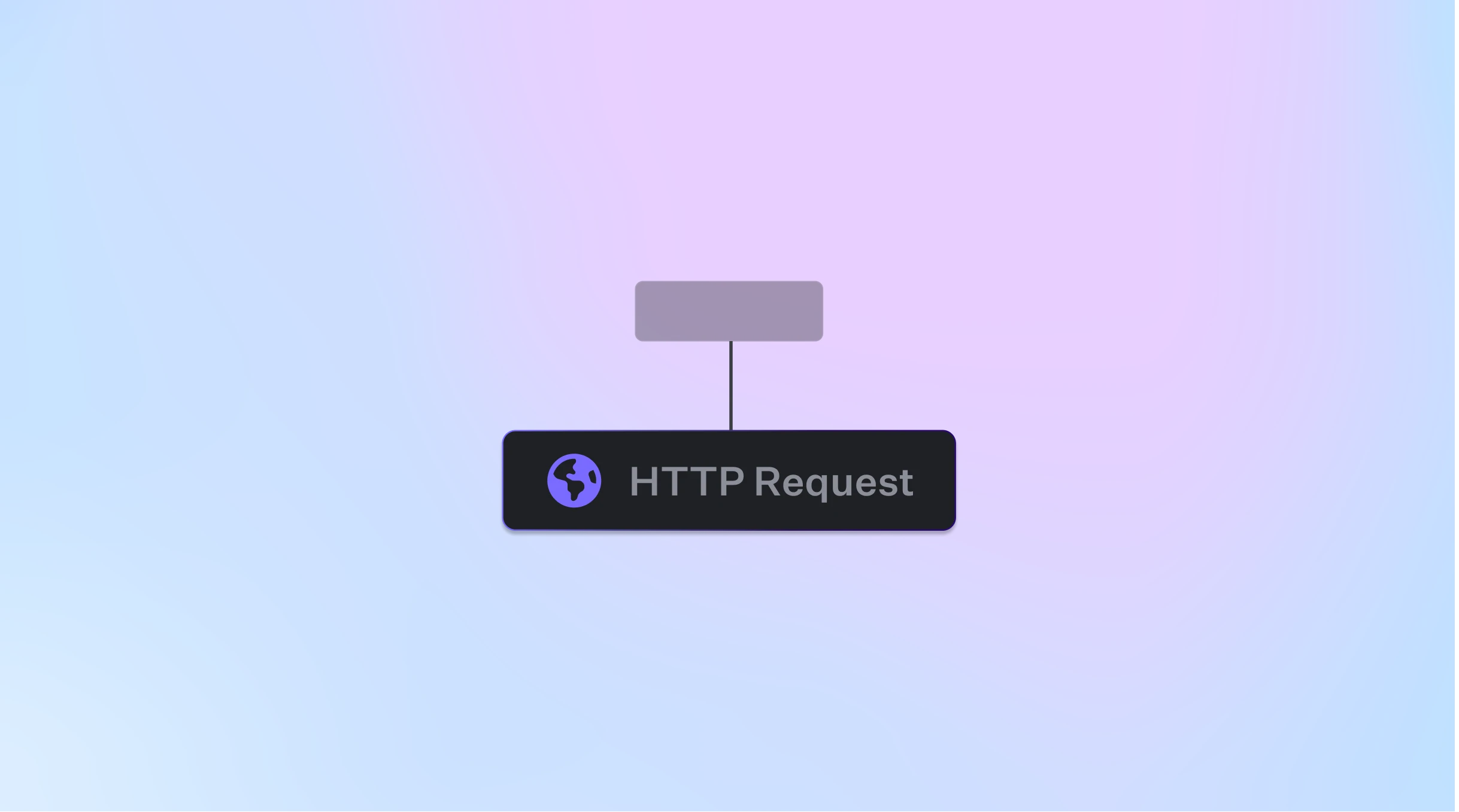 The HTTP Request action allows you to send HTTP requests to external APIs or services. You can select the HTTP method, the path, and configure the parameters of the request such as authentication, header data, and body data. The result of the request will be returned as a JSON object. This action is useful for integrating with external services and retrieving data from them.
The HTTP Request action allows you to send HTTP requests to external APIs or services. You can select the HTTP method, the path, and configure the parameters of the request such as authentication, header data, and body data. The result of the request will be returned as a JSON object. This action is useful for integrating with external services and retrieving data from them.
Request Body
With the request body you have the flexibility to configure the HTTP request body according to your specific needs. You can choose from a range of predefined body encodings, including:- JSON (
application/json) - XML (
application/xml) - HTML (
appliation/html) - FormUrl (
application/x-www-form-urlencoded) - Form Data (
multipart/form-data) - or specify a custom encoding method.

